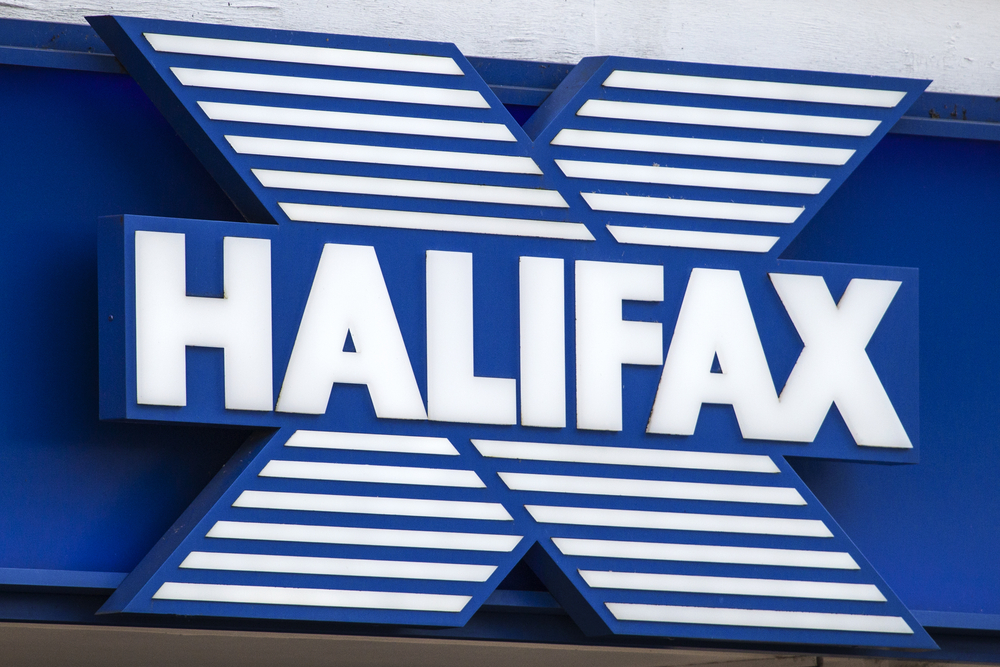
All the major banks and credit unions in the USA. offer mortgage products and the mortgage market is well developed however it operates in a slightly different way from the British experience.
In the past, in the USA., fixed rate mortgages guaranteed the same interest rate for the duration of the loan and until the sub-prime crisis it was quite normal to get a fixed rate for up to 30 years in contrast to here where such favourable terms are generally only offered for a shorter period – perhaps up to 5 years. Nowadays it is still possible to get a long-term interest rate fix in the USA. but only if the applicant can fulfil strict criteria.
Variable rate mortgages are referred to as Adjustable-Rate Mortgages (ARMs) in the USA. Alternatives are also offered in the form of hybrid ARM products referred to as 3/1 ARM, 5/1 ARM or 7/1 ARM meaning that they have a fixed rate for three, five or seven years before moving to adjustable rates.
Mortgage applicants in the USA. can apply directly to a bank or credit union but the best deals are often done using a mortgage broker. There are also two specialist lenders Fannie Mae and Freddie Mac who offer preferential mortgages in certain circumstances especially for low-income borrowers or first-time buyers with deposit requirements as low as 3%.
Nowadays mortgage applications in the USA are processed in much the same way as here in the UK. with the applicant’s credit rating checked and income verified to ensure that the loan is affordable and the property valuation is confirmed. This level of prudence was not applied in the past however and the sub-prime mortgage crisis between 2007 and 2010 arose as a consequence.
In the period prior to 2007 USA. mortgage lending had been largely financed by Mortgage-Backed Securities (MBScs) and Collateralised Debt Obligations (CDOs) which offered much better returns than government securities supported by over-optimistic risk ratings from rating agencies. The first signs of trouble became apparent in 2007 and the crisis worsened to a point where several major financial institutions collapsed in September 2008 resulting in severe disruption to the flow of credit to business and consumers and the resulting global recession.
The housing bubble prior to 2007 had been fuelled by imprudent mortgage lending including the rapid rise in the sub-prime lending which proceeded the crash. The proportion of sub-prime lending increased from about 8% to about 20% from 2004 to 2006. Sub-prime loans were made with little or no check on the ability of the borrowers to service the loan with interest which increased from an initially low attractive level to a much higher rate as time passed.
There was lots of anecdotal evidence suggesting that anyone with a pulse could get a big mortgage and even when a pulse was lacking some fraudulent applications had been made using the names of people who had actually died. In the absence of serious credit checks great reliance was placed on over-optimistic property valuations during the property boom.
When USA house prices declined steeply, after peaking in mid-2006 and adjustable-rate mortgages began to reset at higher interest rates mortgage delinquencies rose rapidly and mortgage-backed securities held by investors lost much of their value. This crisis which began as a simple case of imprudent mortgage lending during a housing bubble had severe, long-lasting consequences for the USA. and world economies.
The USA. entered a steep recession with about 9 million jobs lost in 2008 and 2009 – roughly 6% of the workforce – and the number of jobs did not return to the December 2007 pre-crisis peak until May 2014. USA. household net worth declined by nearly $13 trillion (20%) from its Q2 2007 pre-crisis peak only recovering in Q4 2012. USA. house prices fell about 30% and the stock market fell about 50% by early 2009.
Mortgage lenders’ losses were probably exacerbated by the way in which delinquent loans are handled in the USA. Here we call them repossessions but in the States they are called foreclosures which essentially amounts to the same thing, Whilst in the U. K. repossessions are sold following a fairly lengthy marketing process to test the market and achieve the best price in most American States the foreclosures are sold very quickly by auction with the sale often conducted on the front lawn of the house and the buyers mainly local property dealers. It is not uncommon for foreclosures to be sold very cheaply indeed, sometimes for just a dollar it the house is in a very poor neighbourhood or in dilapidated condition.
In the aftermath of the sub-prime lending debacle the Federal Government instigated a wide- ranging review of the mortgage market and the way in which lenders were regulated. We now see much greater prudence and the use of collateralised debt obligations and other methods of packaging and selling on poor quality debt has largely discontinued.
In this more regulated market different banks and brokers offer a range of products but not every potential borrower can access the loans available and much depends upon which State they are in. Interest rates vary as does the amount of documentation needed to secure a mortgage.
Foreigners as well as USA. citizens can legally buy property in the USA. and mortgages are available to expats although a Green Card or valid work visa will probably be needed in addition to proof of income. Preferential credit union mortgages which come with low deposit requirements are sometimes available for expats with permanent residency.
When applying for a mortgage in the USA. applicants will have to pay fees including and appraisal (valuation) fee of about $500, application fee of about $50, settlement fee about $300, recording fees about $150 and a mortgage guarantee fee of 2% to 3% of the loan. There are also charges for title verification and title insurance. This all mounts up although some fees are negotiable. Some brokers can add to the cost by charging for additional services which may not be essential so applicants have to be wary of these potential add-ons.
The property valuation, which is prepared here in the UK. by a surveyor, is undertaken in the USA by an appraiser. As in the UK the valuation is needed to confirm that the property is suitable mortgage security and the price is supported by available comparable market evidence. House construction methods in the USA. vary from state to state with much greater use of timber frame so an appraiser with good local knowledge of both the housing market and the local construction is needed.
We should never underestimate the importance of mortgage finance because a failure to regulate the system can have profound implications for the wider economy. The USA experience from 2007 serves as a salutary reminder.
Peter Glover is a surveyor and author of Building Surveys and Buying a House or Flat



